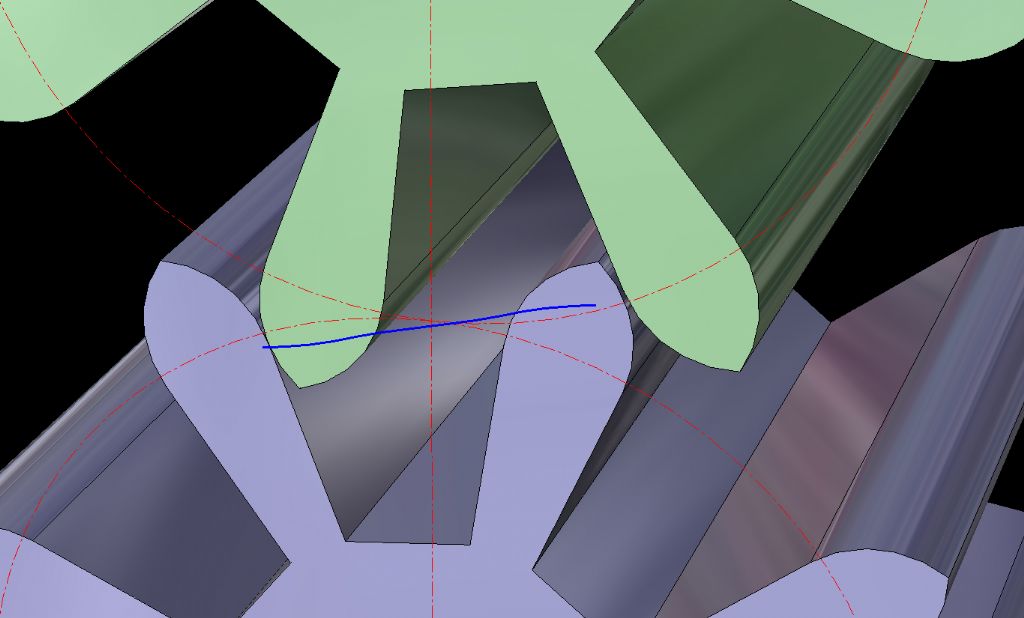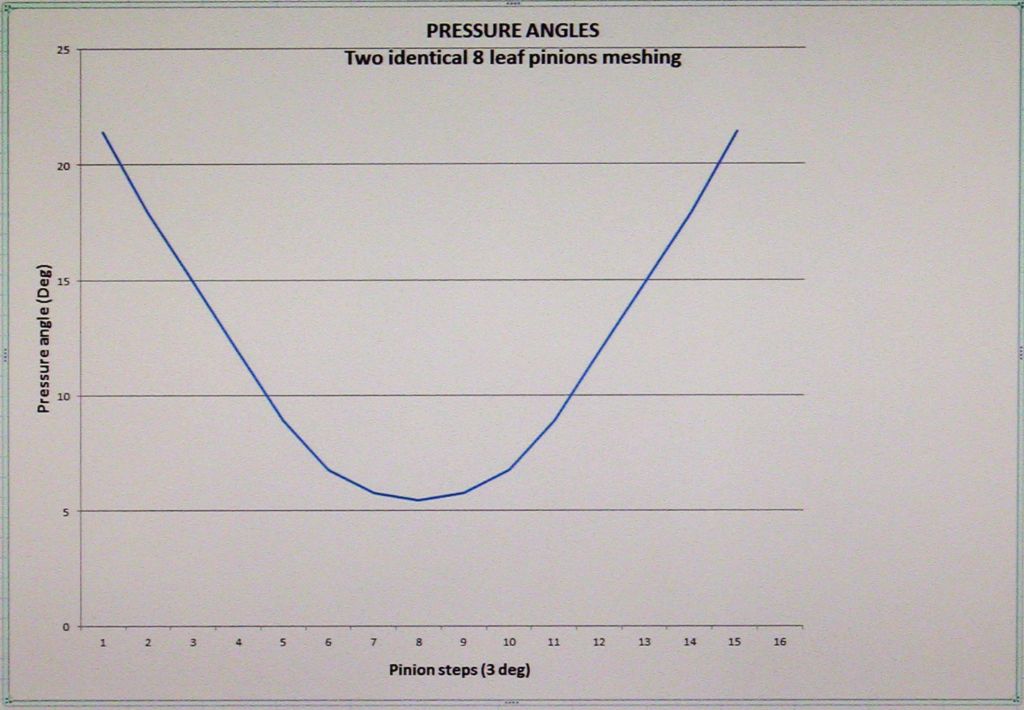Would you mesh with this?
Would you mesh with this?
- This topic has 32 replies, 9 voices, and was last updated 23 April 2019 at 01:01 by
Sam Stones.
- Please log in to reply to this topic. Registering is free and easy using the links on the menu at the top of this page.
Latest Replies
Viewing 25 topics - 1 through 25 (of 25 total)
-
- Topic
- Voices
- Last Post
Viewing 25 topics - 1 through 25 (of 25 total)
Latest Issue
Newsletter Sign-up
Latest Replies
- Stopping milling chips going everyehere
- VFD Article in May issue 351
- Motor to lead screw coupling method
- Gear design
- What Did You Do Today 2025
- Solar panel lighting problem
- Lercanidipine
- One for the electronics enthusiasts?
- Building Bernard Tekippe’s Precision Regulator
- Generator size for vfd controlled 3 phase 5.5 kw motor








